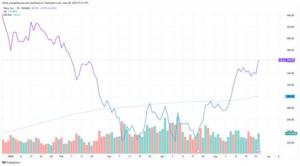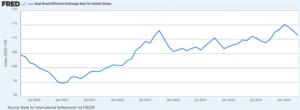Silver has long benefited from its dual identity as both an industrial and precious metal. But lately, it appears that while industrial demand remains solid, its role as an investment asset is waning. Traders note that silver has failed to rally alongside gold, raising concerns that it could face a significant decline if gold loses momentum.
Traditionally seen as a leveraged proxy for gold, silver no longer holds the same appeal for large institutional investors. With higher transportation and storage costs compared to gold, silver becomes less attractive for billion-dollar allocations. “You can invest $2 billion in gold and store it relatively easily. But doing the same in silver is logistically much harder,” one veteran trader said.
Industrial demand, especially from the solar and electrification sectors, has supported silver prices. However, this demand has not translated into strong investment returns. When gold gains $100, silver does rise — but not as significantly, leading many investors to focus on gold instead.
On the trading side, silver comes with higher costs. Spread trading silver contracts involves double the commission of gold contracts, making it less efficient for speculative or hedging strategies.
Although silver has shown resilience by bouncing back from brief dips below $30, it has not mirrored gold's record-breaking performance. For example, while gold pushed past $3,400 per ounce, silver failed to break above $35. This divergence signals limited speculative appetite for silver.
Some market participants warn that silver may only hold its current levels because gold is still strong. If gold retraces further, silver could follow quickly. “It’s tethered to gold,” one trader explained, “but silver is not leading the way — it’s just being dragged along.”
Similar trends are visible across other metals. Platinum, for example, trades in a tight range between $950 and $1,000. Despite occasional rallies, none of the precious metals except gold have shown sustained upward momentum.
Overall, silver seems stuck in a narrow range. Without a decisive breakout in gold or new macroeconomic catalysts, silver may remain in a “waiting game” — fluctuating slightly, but lacking direction.





